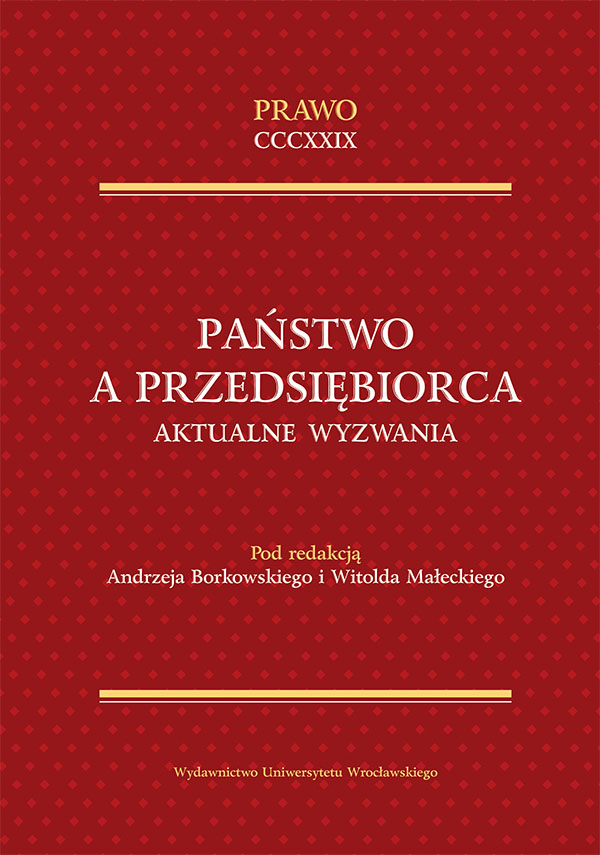

Specific issues of current economic legislation

Consumer directives adopted in large numbers during the 1980s and 1990s were based on the method of minimum harmonisation. However, this did not bring the expected results in terms of satis-factory convergence of Member States’ legal systems and at the beginning of the 21st century the EU legislator abandoned minimum harmonisation in favour of full or maximum harmonisation. Tourist services were covered by the 1990 Directive on package holidays, package tours, and package travel, which was based on the lowest common denominator. Now it has been replaced by the 2015 Directive on package travel and associated tourism services, which follows the trend of the maximum directives.
The article analyses and evaluates the effectiveness of the full harmonisation method as a way of achieving the objectives and guidelines of consumer directives based on the example of the Travel Directive of 2015. It is intended that maximum harmonisation should contribute significantly to the completion of the single market, facilitate the cross-border provision of services by traders, and at the same time ensure a high and uniform level of consumer protection. However, analysis of consumer directives in the context of their transposition leads to the conclusion that maximum harmonisation is unlikely to meet expectations. It does not appear that it will lead to full convergence of legislation in the areas covered by the Directives. Distinctness will continue to exist and will continue to discourage consumers from cross-border services. On the other hand, the negative consequences of the transpos-ition of the maximum directives are manifested by considerable interference with the legal orders of Member States and may have a negative impact on the stability of national legal systems.